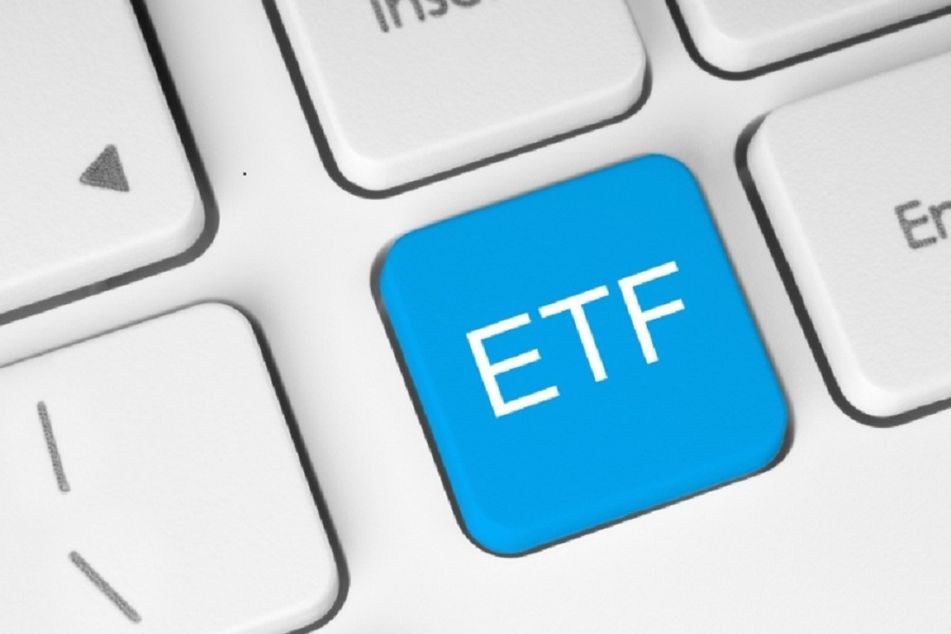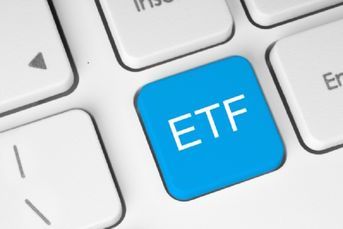Life is brutish and short for new ETFs

But a memorable stock ticker can give exchange-traded funds a boost.
New exchange-traded funds must endure a brutal Darwinian struggle for attention and assets. To attract enough capital to survive amid the competition, new ETFs need a good investment idea and a catchy marketing approach. Those were but some of the takeaways I gathered from speaking with folks attending various sessions at the giant Inside ETFs conference in Hollywood, Fla., earlier this week.
Eric Balchunas, an ETF analyst at Bloomberg Intelligence, notes that during the past five years, 1,050 ETFs have launched. During the same period, more than 900 ETFs have folded. Their average lifespan is just 3.4 years.
My pet theory is that for a new ETF to succeed, it needs more than luck, deep-pocketed backers and a rational, defendable methodology for assembling assets into a bundle.
It also helps — believe it or not — to have a memorable, descriptive stock ticker. Research has shown that stocks with these types of ticker symbols and pronounceable names have a higher valuation than those that don’t.
Consider for example, the VanEck Vectors Agribusiness ETF, with the symbol MOO; it has attracted $764.2 million since it was introduced in 2007.
Here are some of the more memorable tickers I learned about or overheard other people discussing at the conference:
JUST: Billionaire Paul Tudor Jones is behind the nonprofit Just Capital, which uses a novel method of stock selection: It polls the American public about issues that are their greatest concerns, then uses that data to help pick companies. Most recently, some of the top concerns included fair pay for workers, customer privacy, reasonable cost and quality of products and so on. Since the ETF started in 2016, it has outperformed the benchmark Russell 1000.
KRMA: The Global X Conscious Companies ETF was “designed to provide investors an opportunity to invest in well-managed companies that achieve financial performance in a sustainable and responsible manner.” Since 2016, it has attracted about $57 million.
BOON: The Pickens Oil Response ETF takes its ticker from oilman T. Boone Pickens, whose name, according to the fund, “is synonymous with energy investing and ETF stock industry thought leadership.”
PUTW: The WisdomTree CBOE S&P 500 PutWrite Strategy Fund is based on the well-established option strategy in a low-cost, tax-efficient ETF wrapper. Theoretically, the option premiums yield higher returns in a market where prices change little. It has accumulated $242 million in assets since launching in 2016.
ROBO: The Global Robotics and Automation Index ETF has been around since 2013, and has accumulated more than $1 billion in assets.
MAGA: This ETF has a fantastic ticker — clearly playing off of President Donald J. Trump’s rallying cry of “Make America Great Again” — but a questionable investment thesis. The firm selects the top 150 companies from the Standard & Poor’s 500 Index whose employees and political action committees contribute to Republican electoral candidates. There is no explanation as to why this is a rational investment approach. Perhaps that, or else the rather high management fees, explains why MAGA has only attracted $33.9 million.
Note that similar funds — the Republican Policies Fund (GOP) and the Democratic Policies Fund (DEMS) — launched to almost no fanfare. They failed to attract many assets and both closed up last April.
But let’s take this further, and offer up a few ideas for future ETFs and their ticker symbols:
BANK: Since the financial crisis, banks, brokers and asset managers have underperformed the broader market, despite being cheaper. Whether that is an opportunity or a warning sign is as yet unknown.
LGBT: Governance (the “G” in ESG) of companies with gay- and lesbian-friendly corporate policies.
HYPE: An ETF that will invest in companies that promote high-risk/potentially high-return investment ideas.
ELON: See HYPERICH: Invest in the companies led by billionaire chief executive officers or the shelters they use for tax avoidance.
TANK: A broad-based inverse ETF that does well when the market falls.
PORN: The industry has driven a huge number of online innovations, from streaming video to micropayments. One single ticker allows investors to participate without having to clear their browsing history.
GANJ: Another cannabis ETF, but with two share classes, A and B (you want the A shares). And there’s room for more: How about TOKE?
TIME: Time-travel technology ETF — it will (did) launch in 2009, and bought up shares of cheap companies it knew will (did) perform best. I will (did) put all of my capital in this one as soon as it launches (launched).
ETFs remain one of the growth sectors of the financial services industry. Yet even this segment is feeling the bite of fee compression. The good news for investors is that it has never been cheaper to participate in the markets. The bad news for service providers is it is likely to get cheaper still.
Barry Ritholtz, a Bloomberg Opinion columnist, founded Ritholtz Wealth Management.
Learn more about reprints and licensing for this article.








